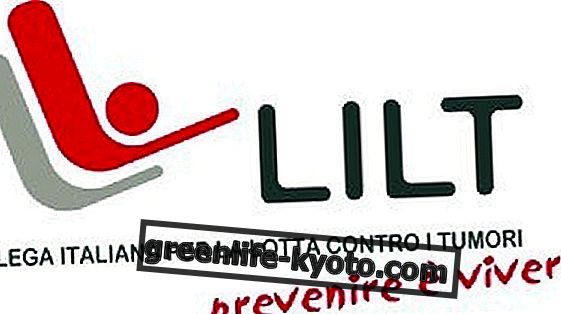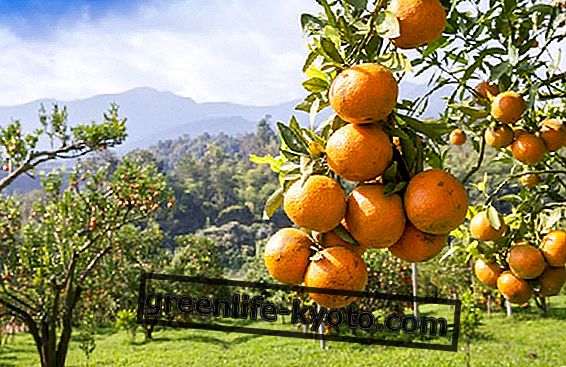Synergic agriculture is an agricultural method designed by Emilia Hazelip . This which observes nature and applies the principles for a natural and ecological agriculture . Let's find out better.

The origins of synergistic agriculture
Synergic agriculture is a cultivation method conceived and created by Emilia Hazelip, a Spanish agronomist who harmonized the principles of agriculture by not doing the Japanese microbiologist Fukuoka together with the concepts of permaculture and his personal experiments in France and the USA, adapting the all to the Mediterranean climate.
According to Hazelip, the Earth, like a real living being, owes its vitality and fertility to what happens below the surface of the soil, where the set of microorganisms, bacteria, fungi, earthworms, organic residues and exudates released from the roots, they create an environment able to regulate themselves and increase their vitality.
Again according to Hazelip, just as the soil increases the plants, in turn the plants themselves help the fertility of the soil through the biochemical substances released in the interactions between plant and plant, between plant and animal and, more generally, between plant and environment .
Guiding rules of synergistic agriculture
The basic principles of synergistic agriculture are based on the four pillars of Fukuoka's non-farming agriculture.
1) No tillage of the land: the soil is not arable or disturbed except at the beginning, during the creation of pallets (flower beds). This preserves the stratification of the soil (tissue structure) in order to respect the activities of all the life forms present and guarantee their continuity. The soil is seen as a real biochemical laboratory, where CO2 is also stored, so not working the soil prevents it from being dispersed in the atmosphere as after each plowing, contributing to the greenhouse effect .
2) Do not compact the soil: to guarantee the fertility of the soil it is essential to have burrows for an air reflux. Leaving the roots of plants at the end of the cycle and not disturbing the work of micro-organisms and small animals allows the creation of porous tunnels that soften the soil and prevents the asphyxia of life present in the subsoil and the development of an anaerobic environment on the surface.
3) No chemical fertilization: fertility is given by the covering of organic soil origin, as happens in nature in an undergrowth, where the detached leaves cover a layer of material that decomposes up to the state called humus. Using the mulching method allows you to recreate this process in our gardens: materials such as straw, leaves, bark, twigs, etc. are recovered, placing a layer above the ground. This also ensures a stable humidity and temperature level to the soil and to the plants; retains water and substances in the soil, protecting it from heavy rain and drying; it also regulates and controls the proliferation of invasive wild herbs.
4) Biodiversity: cultivating at least three botanical families, above all maintaining the constant presence of liliaceae (excellent repellents against harmful insects and molds and fungal diseases) and leguminous (nitrogen-fixing plants). Obviously, the choice of plants is based on the principles of consociation and arrangement in space. Increasing biodiversity as much as possible contributes to the development of an ecosystem that regulates itself through numerous and various synergies between living beings; it is not by chance that the whole agricultural methodology in question takes its name from this principle: synergic agriculture.
You can learn more about which plants to grow based on the sowing calendar

Creating a synergistic vegetable garden
Here are the steps for creating a pallet according to the synergistic agriculture method:
- Design: observe the available space and collect data on exposure, climate, winds, orientation, etc., and choose the shape of the raised flower beds (pallet).
- Preparation of the pallets: move the soil (a first and only time) creating heaps of other 20 to 50 centimeters in height and an average of 120 centimeters wide and 5 to 7 meters long. Between pallets and pallets need walkways at least 50 centimeters wide.
- Irrigation: drip irrigation is generally considered the best, due to water savings and therefore to a lower environmental system.
- Mulching: cover with organic material as described above the entire surface of the pallet.
- Permanent supports: implanting wooden or metal supports or recycled materials to allow climbing plants to grow in height.
- Seeding and transplanting: the last step is the planting of the plants. The position that the plant will occupy on the bench derives from criteria of synergic agriculture, which look at the intercropping and the specific needs of the plant in question. The choice of plants to be used is not limited only to vegetables but also includes aromatic plants, flowers, spontaneous and medicinal herbs.
In Italy we find different courses and trainers of synergistic agriculture that teach and spread this method of agriculture. The one directly connected to the founder is the free school of synergic agriculture "Emilia Hazelip ".
Other articles on synergistic agriculture:
> Interview with Gianna Nencioli, supporter of the synergistic vegetable garden
> How to avoid wasting water in the garden
> Degrowth, myth or reality possible?













